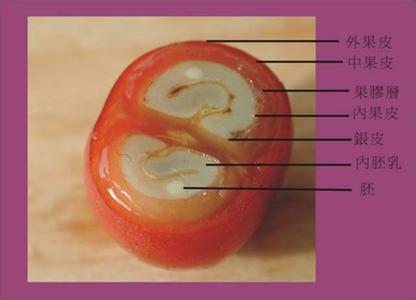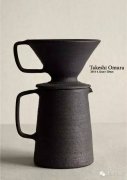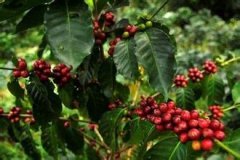Screening of coffee beans Coffee bean grade
1. Grading
Coffee beans are graded first by size and then by density. With two exceptions, all coffee beans have a considerable size and the same proportion, with flat on one side and semi-oval on the other. The special cases are pea-shaped coffee beans that tend to be oval in shape and giant coffee beans with large grains (that is, Marragol peel coffee beans), both of which are always more expensive.
Generally speaking, the quality of large coffee beans is better. The size rating of coffee beans is usually expressed in terms of 10mur20, but in some countries coffee beans are graded according to levels corresponding to a certain size, such as AA. The way to determine the size of coffee beans is to pass them through a sieve. But even so, there may be weight differences between coffee beans of the same size, and bad, crumpled coffee beans must be removed.
The best way to separate unwanted coffee beans from good ones is to use gravity and air. The compressed air method is manual and requires higher technology, which uses jets to separate heavy and light coffee beans.
Another method is to use a weight separator to make heavy coffee beans fall by putting coffee beans on raised plates and letting air pass through them. This is also a technologically demanding method, if used properly, coffee beans can be separated more accurately and effectively.
2. Classification
After grading, these coffee beans are classified. Remove rotten, black, sour and overfermented or unshelled coffee beans. This process requires eyesight to check the beans on a moving leather bag and classify them.
Other methods include the electronic color classification (mainly used for Robbaut coffee beans) and the dichromate method (using light detection to find bad beans). However, at present, the best test classifier is still the human eye. However, there is no doubt that high-tech microprocessing systems will eventually completely replace this process.

Important Notice :
前街咖啡 FrontStreet Coffee has moved to new addredd:
FrontStreet Coffee Address: 315,Donghua East Road,GuangZhou
Tel:020 38364473
- Prev

Grinding degree of all kinds of coffee utensils
Here we share the different degrees of grinding we use for various brewing methods, from coarse to fine, in the following order: 1. Rough grinding of the pressure pot (the 5-6 scale of the Pegasus bean grinder, visually between yellow sugar and white granulated sugar, or similar to yellow sugar) 2. Medium grinding of siphon pot (4-5 scale of Pegasus bean grinder, visually similar to granulated sugar) 3. Hand punch pot
- Next

Classification of coffee bean varieties how to grade coffee beans
Types of coffee beans 1. Arabica coffee (CoffeeArabica) (1) Arabica coffee has a varied and broad potential flavor. Arabica coffee produced in different regions, different elevations and different climatic areas usually has its own characteristics. It smells like grass when it is not roasted. After proper roasting, it shows fruit.
Related
- Beginners will see the "Coffee pull flower" guide!
- What is the difference between ice blog purified milk and ordinary milk coffee?
- Why is the Philippines the largest producer of crops in Liberia?
- For coffee extraction, should the fine powder be retained?
- How does extracted espresso fill pressed powder? How much strength does it take to press the powder?
- How to make jasmine cold extract coffee? Is the jasmine + latte good?
- Will this little toy really make the coffee taste better? How does Lily Drip affect coffee extraction?
- Will the action of slapping the filter cup also affect coffee extraction?
- What's the difference between powder-to-water ratio and powder-to-liquid ratio?
- What is the Ethiopian local species? What does it have to do with Heirloom native species?

